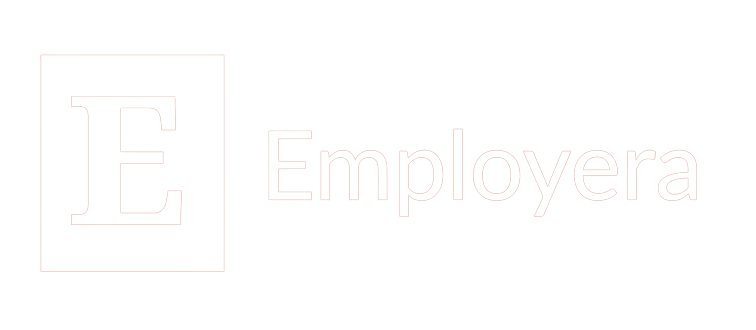Employer brand initiatives to make the business case for in 2023
By Judy Wright & Karina Savoie, Employera
Budget planning for 2023 is happening now, making it the perfect time to present the business case for investing in your employer brand. Looking at the stats, it’s pretty clear what to pour your budget, resources and energy into in 2023 to tell your organization's authentic, differentiated and inspiring story and stand out amidst talent disruption.
Invest in employee value proposition (EVP) and employer brand research, audits and development. 17% of businesses report that they lack an employer brand but are developing or considering one and while 80% of companies have an employer brand, only 56% of businesses assess the strength of their employer brand. (HR.com)
For companies who have a formally defined EVP and a clear employer brand identity based on internal and external research, consider re-investing in these efforts if it has been more than three years since development to ensure it continues to align with the business, brand and people strategy. And of course, regularly test and assess the strength of the employer brand, including messages, creative and recruitment marketing campaigns to ensure they are resonating with potential candidates.
For companies with an employer brand that was not developed based on internal and external research, it is critical to make the case to formally define the EVP based on the employee experience and competitor brand audits to understand what is authentic, inspiring, unique and differentiating about working at the organization.
Optimize communications, content and channel strategies to build brand awareness. Only 54% of companies say their employer brand is well-known. (HR.com) The best way to build awareness and trust is to leverage every employee as a brand ambassador who is equipped with brand-aligned communications and content to share their personal stories loudly and proudly through various channels. Candidates trust a company’s employees three times more than the company itself when it comes to providing credible information about what it’s like to work there. (LinkedIn)
The top channels for improving the employer brand are the company website (69%), online professional networks (61%) and social media (47%) LinkedIn and with millennials making up 75% of the workforce by 2025, what they value in a workplace should be taken seriously. (Recruiters) Therefore, being connected and engaged in the top three social platforms candidates most often refer to for insights and reviews (LinkedIn 60%, Glassdoor 51% and Facebook 37%) is important to future success. (Capitalize)
Advocate for headcount, cross-functional resources and external partners. The top three barriers to a successful employer brand creation are: a lack of dedicated personnel (36%), a lack of time (31% ), and leadership’s lack of interest (30%). (HR.com)
Having the right resources to do the work is just as important as having money to spend. You can have a large budget but what is equally important is balancing that with the right resources who can dedicate quality time to the work.
It is also critical to have a senior leader of employer branding to influence at the senior leadership level, specialists to focus on specific areas like social media, internal cross-functional resources to support the work, and external partners to bring deep employer brand, communications, and experience design expertise.
Prioritize data analytics and reporting
It is important to measure employer branding not only for making the business case for budget and resources, but also to showcase the value of the function. Measuring meaningful business outcomes and results internally and externally can optimize your data insights, enable you to make data based decisions and help you know when to shift your strategies and where to increase your efforts. And lastly, data will help you use numbers as another effective way to tell your organization’s story and convey messages about your employer brand and help you gain more credibility with the business. Hence, having support for talent analytics is critical, even if you have to negotiate for shared resources within HR or from your vendors until you can secure dedicated headcount resources.
The year ahead in 2023 is going to be an interesting one.
As companies continue to face inflation, shifts in engagement, quiet quitting, retention issues, and challenges in finding skilled workers all amongst looming recession and layoff concerns. So throughout 2023, continuously invest in conversations to properly fund your employer brand budget and advocate for employee and candidate experience initiatives that help your organization respond to the evolving talent market and attract, engage and retain a diverse global workforce.
Want a fresh perspective on your employer brand or budgeting? Interested in talking about the future in employer branding or your organization’s employee experience or talent communications business needs? Get in touch at hello@employera.com.
Judy Wright is a senior consultant and Karina Savoie is a project manager at Employera, a consulting firm and agency that helps large employers attract, inspire and retain great talent through employer branding, experience design, recruitment marketing and internal communications.
About Employera
The Employera team is made up of experienced consultants, analysts, strategists and creators who build modern employer brands, design compelling experiences, and deliver strong, clear communications to help companies, employees and cultures thrive. Our assessments, collaborative processes and project management frameworks are designed for large company environments, and each member of our team has managed what we do as senior players at large, well-known employers. We’re here to help you succeed, and we love our work.
